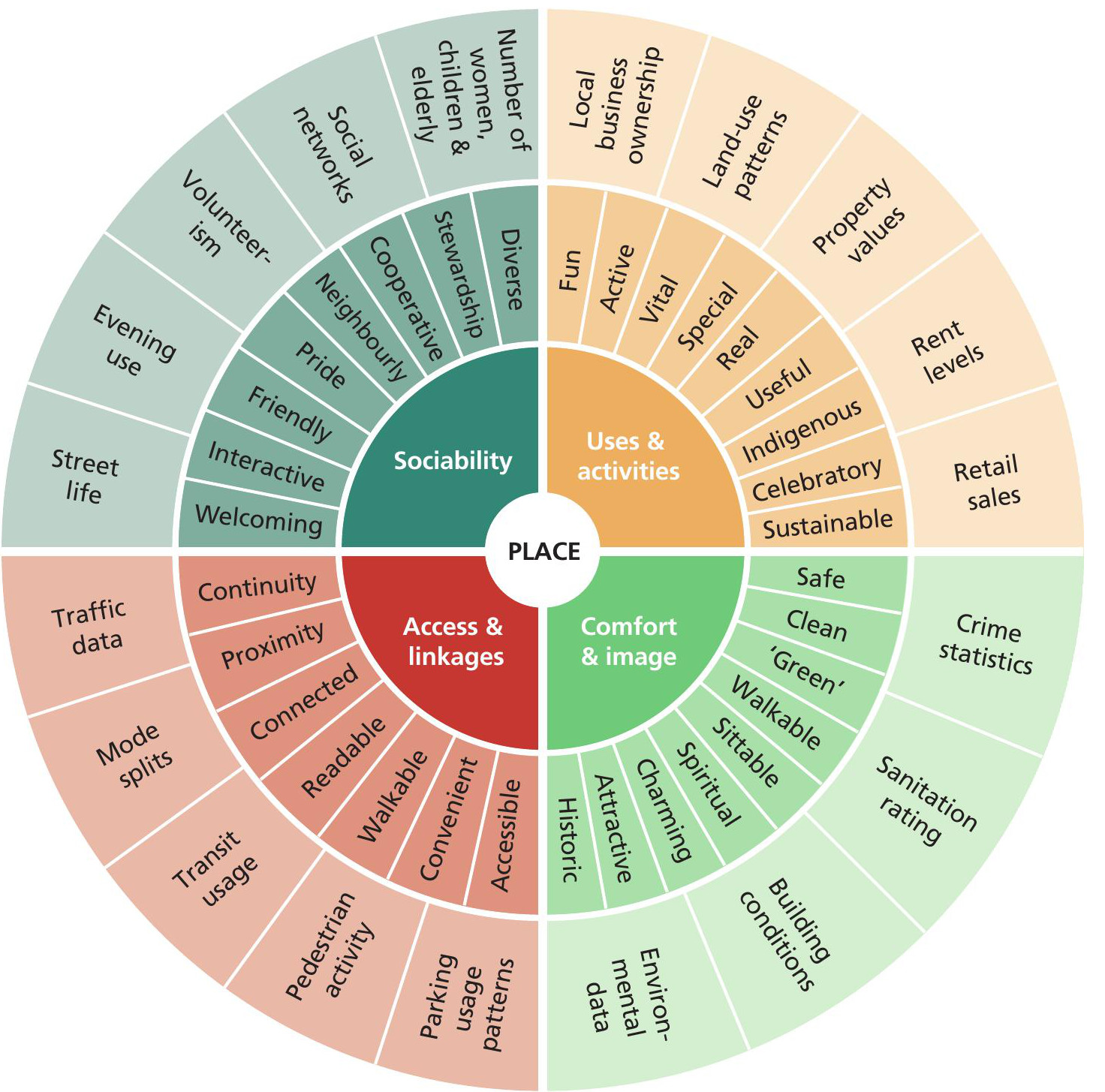
Places have multiple dimensions. They are influenced by connections and flows, they have a specific location, and they have different meanings for local and more distant populations. Meaning is personal (subjective) as well as social and cultural. Places are also dynamic, changing minute by minute, day by day, month by month. Such changes can have either positive or negative impacts on the identity of a place and the way it is represented.
In past issues Geographical Skills has considered fieldwork techniques that can be used to research town centres, such as measures of retail diversity, questionnaires and clone-town indices. This column looks at some ways of assessing urban identity and how it contributes to ‘urban health’. Urban health in this context refers to the wellbeing and resilience of the place rather than to the health of the population.
Your organisation does not have access to this article.
Sign up today to give your students the edge they need to achieve their best grades with subject expertise
Subscribe




